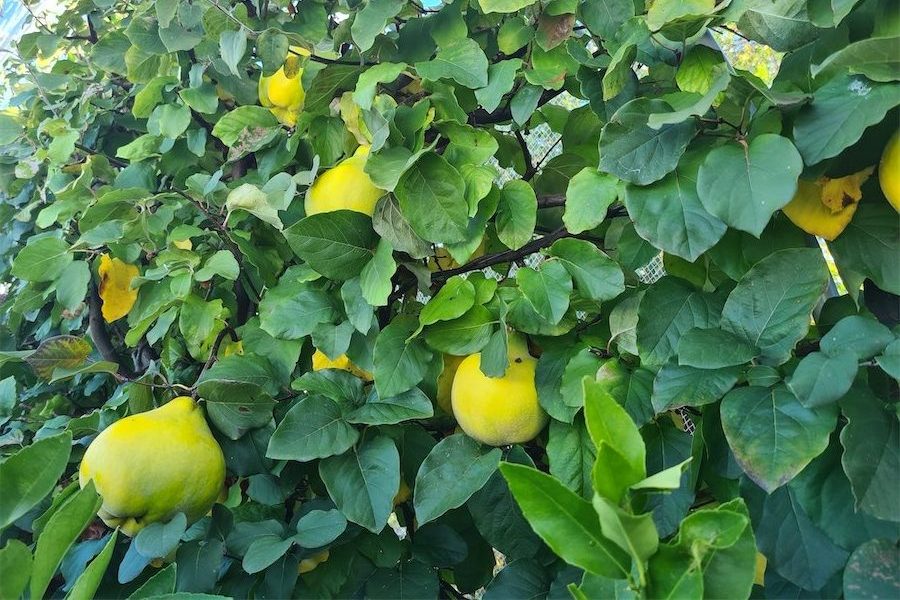
Gardening columnist JACKIE WARBURTON says the Government House Bravery Garden was designed with style and symbolism.
The Bravery Garden is a special spot inside the grounds of Government House in Yarralumla that can be seen by the public when there are open days.

Former Governor-General Sir William Deane proposed the remembrance garden on the old croquet lawn (that had been established before 1900) to recognise the service and bravery of outstanding Australians.
It is designed with style and symbolism, and the planting has brought it all together. It has Australian and NZ natives such as correas, pittosporums, westringias, callistemons and is enveloped in a grove of Manchurian pears to protect this special place of contemplation.
The latest addition to the garden was a row of Gallipoli Centenary Roses in 2014 and the large and elegant red blooms are beautiful but only mildly fragrant.
The other main planting in the garden is the humble rosemary, which grows wild at Gallipoli in Turkey.
Rosemary is a symbol of honour and remembrance and this is a plant that grows tremendously well in our climate. It can grow to a metre high and wide and can be planted as an evergreen hedge.
Its blue flowers are in bloom late winter, early spring when most fruit trees are flowering and are perfect for attracting bees to the garden when they are needed most.
Rosemary can be clipped and shaped. There are also varieties that can cascade over a hot, sunny wall. Rosemary also comes with pink flowers. It should be planted now before the cold weather sets in to ensure good new growth in the spring.

QUINCES will be ripening from now to May. They can be picked when they are golden yellow and have a honey sweet aroma.
The stem will come away with a slight twist when ripe and the fuzz on the outside of the skin will disappear to reveal a glossy fruit.
The knobbly yellow fruit is not palatable raw, but does have a high pectin content and is terrific for preserving or making jams.
Quince trees grow quite large and can double as an ornamental tree with its sweet, pale-pink flowers. In spring and autumn, foliage colour can be spectacular as well.
They are self-fertile and, despite taking five or six years to fruit, will be more productive with another tree close by.
The varieties De Bourgeaut and Pineapple are both late flowering and will do best in our region.
The seasonal wet weather has brought on quince fleck, a fungal disease that can defoliate leaves and crack the fruit. To counter it, spray with a fungicide as soon as the brown marks appear and remove some leaves to help the air flow around the fruit. Try to keep the leaves dry to minimise this problem.
Quince trees can be planted in the winter. They like rich soil around their roots and good watering through the summer when the fruit is growing, but keep them on the dry side for winter.
Jottings
- Keep sweet peas growing fast until the weather cools.
- Keep brassicas covered with fine mess to keep cabbage moths at bay.
- Reduce watering on lawns and deciduous trees.
jackwar@home.netspeed.com.au
Who can be trusted?
In a world of spin and confusion, there’s never been a more important time to support independent journalism in Canberra.
If you trust our work online and want to enforce the power of independent voices, I invite you to make a small contribution.
Every dollar of support is invested back into our journalism to help keep citynews.com.au strong and free.
Thank you,
Ian Meikle, editor





Leave a Reply